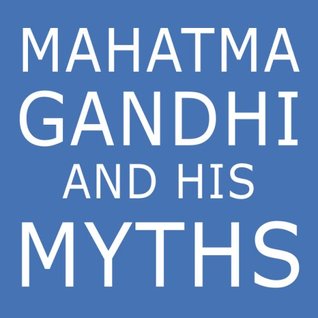More on this book
Kindle Notes & Highlights
by
Mark Shepard
Read between
January 24 - February 4, 2019
Not many people here realize it, but Gandhi may be this century’s greatest advocate of decentralism—basing economic and political power at the local level.
Ashutosh Agnihotri liked this
Gandhi’s nonviolent action was not an evasive strategy nor a defensive one. Gandhi was always on the offensive. He believed in confronting his opponents aggressively, in such a way that they could not avoid dealing with him. But wasn’t Gandhi’s nonviolent action designed to avoid violence? Yes and no. Gandhi steadfastly avoided violence toward his opponents. He did not avoid violence toward himself or his followers.
Let me give a general description of what seems really to have happened when Gandhi and his followers committed civil disobedience: Gandhi and followers break a law—politely. Public leader has them arrested, tried, put in prison. Gandhi and followers cheerfully accept it all. Members of the public are impressed by the protest, public sympathy is aroused for the protesters and their cause. Members of the public put pressure on public leader to negotiate with Gandhi. As cycles of civil disobedience recur, public pressure grows stronger. Finally, public leader gives in to pressure from his
...more
The gross misunderstanding that Gandhian civil disobedience worked by change of heart of opponent, is washed here.
Gandhi saw that the power of any tyrant depends entirely on people being willing to obey.
believe that no government can exist for a single moment without the cooperation of the people, willing or forced, and if people suddenly withdraw their cooperation in every detail, the government will come to a standstill.”
you look closely at so-called popular liberation movements, you’ll find that they’re seldom started by the peasants or workers they’re supposed to benefit. These armed struggles may gradually build wider support—but in almost every case, they’re launched by students or other intellectuals in the name of the people.
“People try nonviolence for a week, and when it ‘doesn’t work,’ they go back to violence, which hasn’t worked for centuries.”
Gandhi noted also that violent revolutions almost always end in repressive dictatorships. Once the rebel troops gain control, they naturally keep acting as they’re used to—in other words, they start running the country like a military camp.
Satyagraha—Gandhi’s nonviolent action—was not a way for one group to seize what it wanted from another. It was not a weapon of class struggle, or of any other kind of division. Satyagraha was instead an instrument of unity. It was a way to remove injustice and restore social harmony, to the benefit of both sides.


